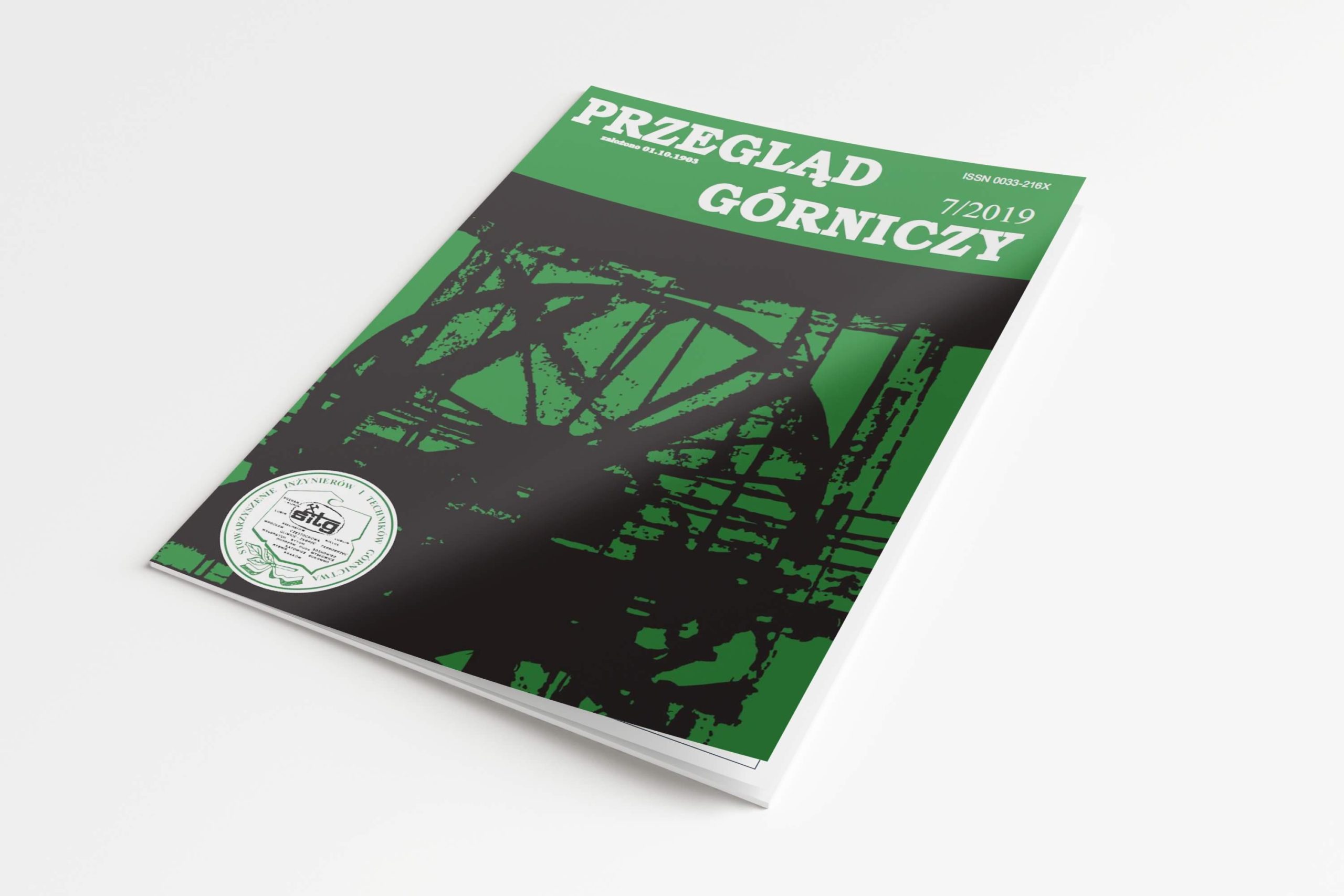Autorstwa:prof. dr hab. inż. Krystian Probierz dr h.c.; prof. dr rer. nat. hab. Norbert Volkmann; dr hab. inż. Marek Marcisz prof. Pol. Śl; Dipl.–Ing. Wolfgang Hänsel
Na tle zarysu historii rozwoju górnictwa naftowego, począwszy od najstarszej na świecie z 1854 r. kopalni Bóbrka w polskich Karpatach, poprzez Titusville (Pennsylwania), Oil Springs (Ontario), Ploieşti (Rumunia), przedstawiono funkcjonowanie unikalnej kopalni w Wietze, położonej na północ od Hanoweru w Dolnej Saksonii – Niemcy. W Wietze znajduje się obecnie muzeum ropy naftowej, czynne od 1970 r. Zlokalizowane jest ono na obszarze kopalni, funkcjonującej w latach 1859÷1963, w której eksploatowano ropę naftową metodą otworową jak również metodami górnictwa podziemnego (szyby, chodniki). Na złożu zlokalizowanym na wysadzie solnym odwiercono ok. 2000 otworów wiertniczych z których 4/5 było produktywnych. Głównym horyzontem produktywnym złoża były piaski roponośne wealdu (dolna kreda), z których w latach 1918÷1963 wydobyto ok. 1 mln ton ropy naftowej. Scharakteryzowano warunki geologiczne występowania piasków roponośnych oraz własności eksploatowanej ciężkiej ropy naftowej. Opisano system eksploatacji ropy naftowej metodami górnictwa podziemnego: drenaż złoża chodnikami oraz wydobycie piasków roponośnych systemem krótkich ścian. Przedstawiono również metody podsadzania, transportu materiału oraz sposoby termicznej przeróbki kopaliny i odzyskiwania ropy naftowej
Exploitation of crude oil by use of underground mining methods in the oil field at Wietze (Germany)
On the background of history development of crude oil mining, beginning from the oldest mine worldwide Bóbrka in Polish Carpathians, through Titusville (Pennsylvania), Oil Springs (Ontario), Ploieşti (Romania), the operation of unique mine in Wietze, situated north from Hannover in the Lower Saxonia, Germany was presented. Nowadays in Wietze there is a museum of crude oil, opened in 1970. It is situated in the area of former mine, operating in the years 1859-1963, where the crude oil was exploited by use of borehole method and other mining methods (shafts, galleries). In the deposit, located on the salt dome, there were 2000 drill-holes drilled, from among which 4/5 were productive. The main productive horizon of the deposit was the oil-bearing sand of weald (Lower Cretaceous), from among which there was ca. 1 million Mg of crude oil produced in the years 1918-1963. Geological conditions of oil-bearing sands occurrence and characteristics of the exploited heavy oil were presented. Methods of underground mining for crude oil exploitation are the following: drainage of the deposit with galleries and exploitation of oil sands in a system of short walls. The methods of backfilling, transport of the material and ways of preparation of the rocks with thermal methods application and crude oil recovery were also presented

Słowa kluczowe :historia górnictwa ropy naftowej, wysad solny Wietze, piaski roponośne, eksploatacja, system ścianowy
Keywords: history of crude oil mining, salt dome Wietze, oil-bearing sands, exploitation, longwall mining system
